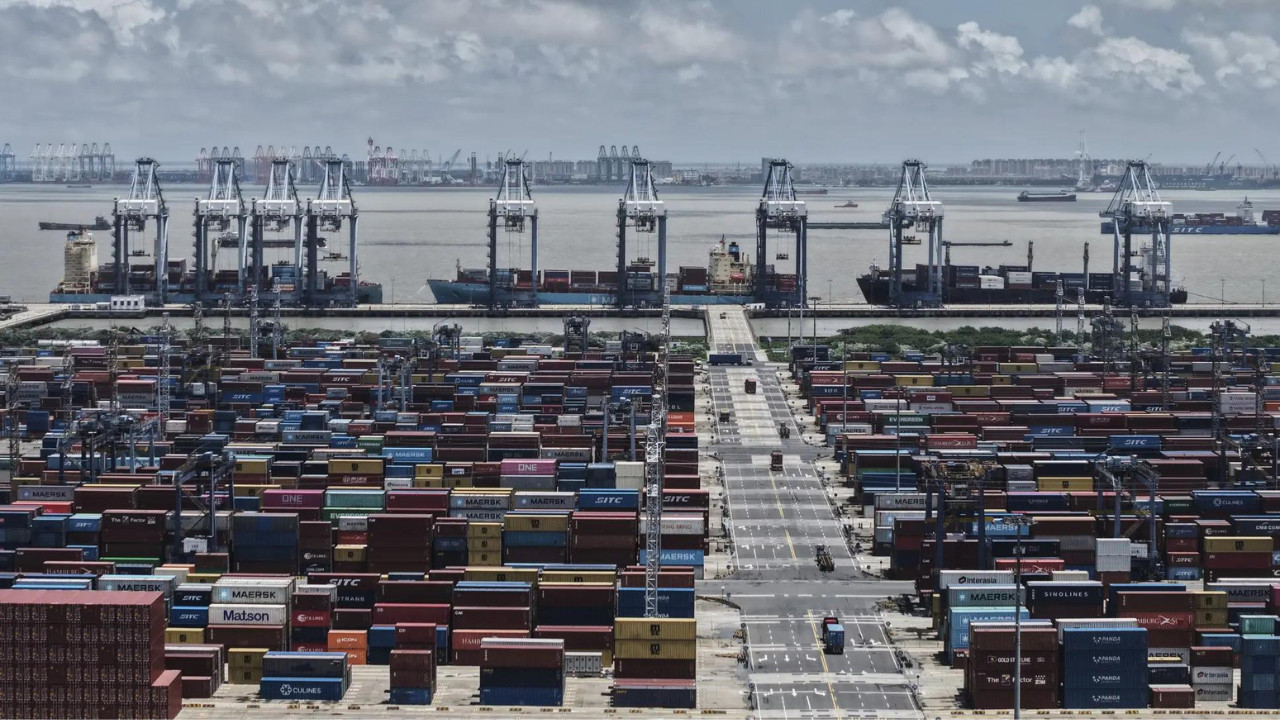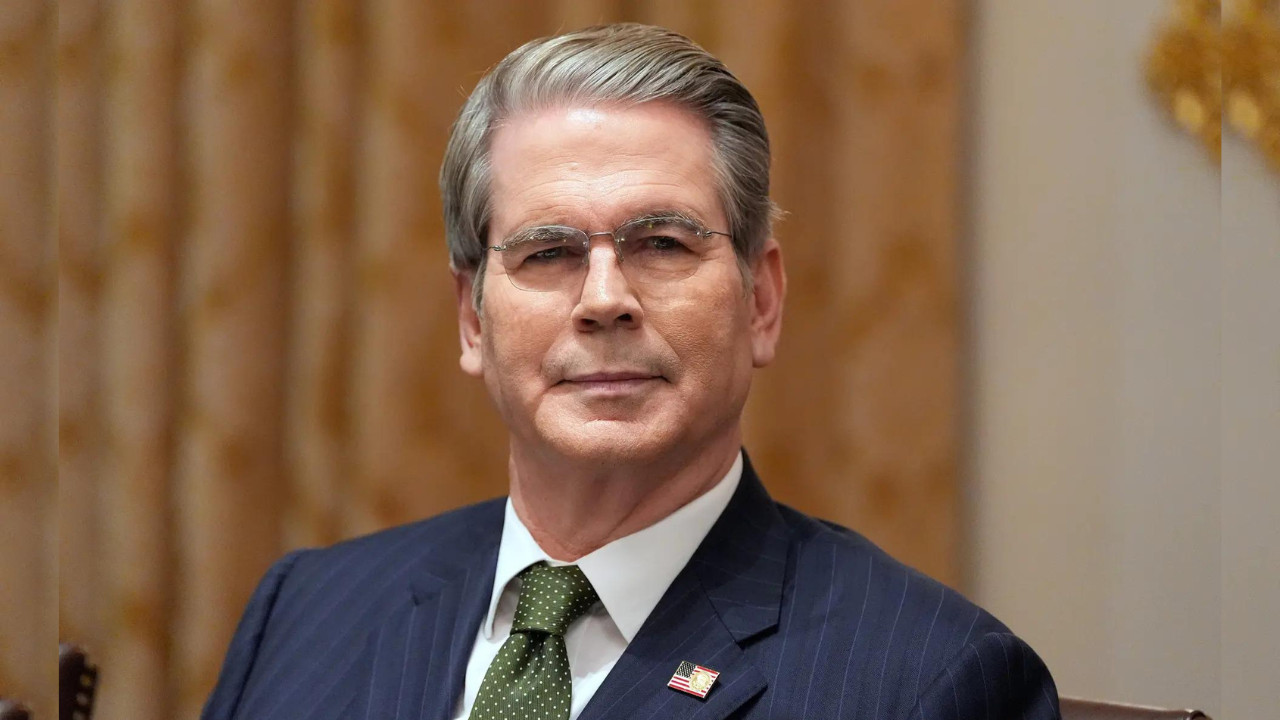AIIB chief economist Erik Berglof states US tariffs create unprecedented global uncertainty, surpassing Covid or GFC impacts. He notes China’s preparedness and leverage, while global supply chains remain robust, with “China plus one” benefiting nations like India. Berglof emphasizes India’s need for greater integration into Asian value chains, despite its domestic focus.
The Shadow Over Global Trade: Why US Tariffs Loom Larger Than Covid
For years, the global economy has tiptoed through a minefield of potential crises. We’ve weathered financial meltdowns, navigated the choppy waters of a global pandemic, and even begun to grapple with the long-term implications of climate change. But beneath the surface, a different kind of threat has been quietly escalating, one that could ultimately prove more disruptive than any of these: the specter of escalating US tariffs.
Think that’s hyperbole? Consider this: while COVID-19 sent shockwaves through supply chains and momentarily crippled industries, and while the 2008 financial crisis brought the world to the brink of economic collapse, both events ultimately had a clear endpoint. The pandemic eventually subsided, and governments around the world implemented coordinated stimulus packages to stabilize the financial system. But the current environment of trade uncertainty, largely driven by the potential for increased US tariffs, is a far more insidious and persistent danger. It’s a slow burn, eroding confidence and reshaping the global economic landscape in ways that are difficult to predict.

The Uncertainty Principle: How Tariffs Paralyze Businesses
The core problem isn’t necessarily the tariffs themselves, although their direct impact can be significant. Instead, it’s the uncertainty they create. Imagine you’re a business owner deciding whether to invest in a new factory or expand your existing operations. You meticulously crunch the numbers, factoring in labor costs, raw materials, and projected demand. But what happens when the rules of the game are constantly changing? What if a sudden tariff on imported components wipes out your profit margin? Or if retaliatory tariffs from other countries shut you out of key export markets?
This uncertainty breeds paralysis. Companies delay investments, postpone hiring, and become increasingly risk-averse. Supply chains, once optimized for efficiency and cost, are forced to diversify and build in redundancies, adding to overall expenses. The result is slower economic growth, reduced innovation, and a less dynamic global marketplace.
Beyond the Headlines: The Ripple Effect of Tariff Wars
The impact of US tariffs extends far beyond the immediate businesses directly affected. They have a cascading effect that ripples through entire economies. Consider the agricultural sector. Farmers who rely on exports to countries targeted by tariffs often find themselves struggling to compete, leading to lower prices, reduced incomes, and even bankruptcies. Similarly, manufacturers who depend on imported materials face higher production costs, which they may be forced to pass on to consumers in the form of higher prices. This, in turn, can dampen consumer spending and further slow down economic growth.
Moreover, trade tensions can undermine international cooperation and trust. When countries resort to protectionist measures, it can erode the foundations of the global trading system, making it more difficult to address other pressing global challenges, such as climate change and cybersecurity.
A New World Order: Reshaping Global Supply Chains
One of the most significant long-term consequences of this tariff-driven uncertainty is the reshaping of global supply chains. Companies are increasingly looking to diversify their sourcing and production locations, moving away from a reliance on single countries or regions. This trend, sometimes referred to as “friend-shoring” or “near-shoring,” involves shifting production to countries that are considered more politically stable or geographically closer to home. While this diversification may ultimately lead to more resilient supply chains, it also comes at a cost, as companies are forced to invest in new infrastructure and adapt to different regulatory environments. We’re seeing companies re-evaluating partnerships and exploring alternative trade routes, fundamentally altering the landscape of international commerce. This isn’t a quick fix; it’s a strategic repositioning that will have lasting effects for decades to come.
Navigating the Choppy Waters Ahead
The current environment of trade uncertainty presents a significant challenge for businesses and policymakers alike. There are no easy solutions, but a few key steps can help mitigate the risks. Businesses need to build more resilient supply chains, diversify their markets, and invest in innovation to stay ahead of the curve. Governments, on the other hand, need to prioritize international cooperation, promote a rules-based trading system, and avoid protectionist measures that could further destabilize the global economy. Ultimately, a return to greater predictability and stability in trade relations is essential for fostering sustainable economic growth and prosperity. The shadow of US tariffs hangs heavy, but proactive strategies and collaborative solutions can help us navigate these uncertain times.
The future of global trade hinges on a delicate balance: navigating the complexities of international relations while fostering a stable economic environment. The challenges are significant, but by prioritizing cooperation and embracing adaptability, we can steer towards a future where trade serves as a catalyst for shared prosperity, not a source of global instability.







